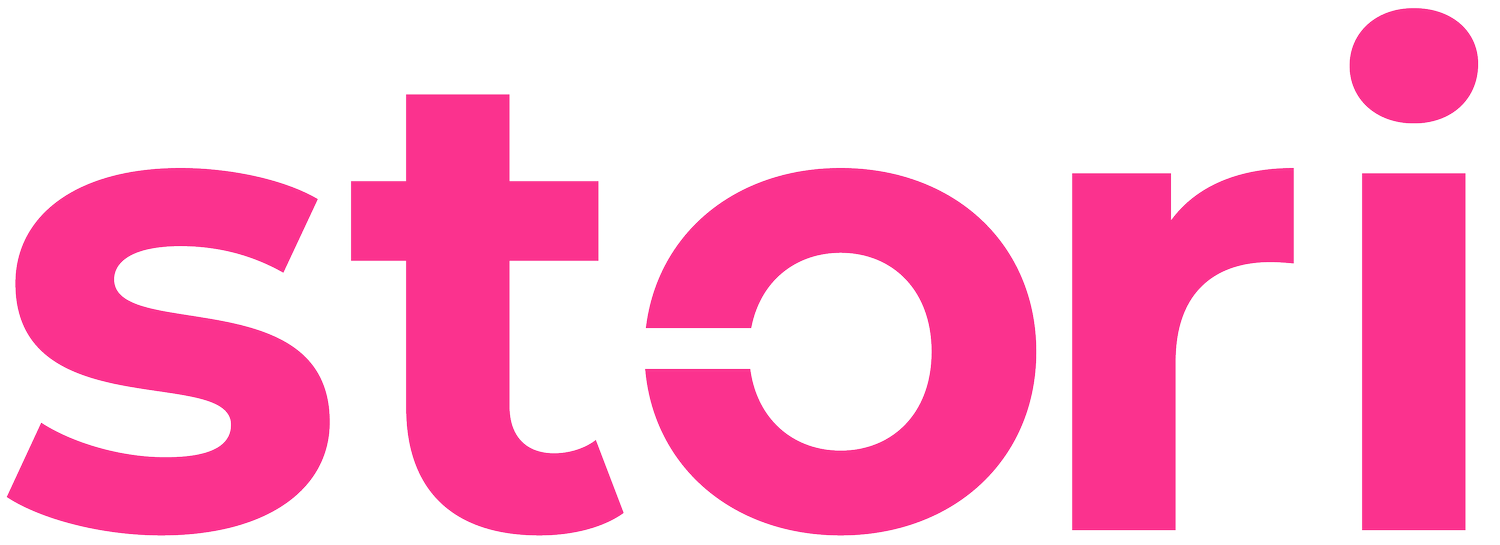HE leaders share 3 positive changes universities made during the pandemic
Photo by Pierre Bamin on Unsplash
At the Higher Education Conference - Fixes to Foresight: What’s Next for Student Recruitment? we spoke to a panel of HE marketing leaders. The conversation was thick and fast and we received so many questions from the audience that we weren’t able to answer them all. Since then we’ve followed up with our panel to cover all the outstanding questions and delve deeper into some of the topics we covered.
Open days went virtual, learning became blended and Microsoft Teams became the new office. The pandemic shook up the status quo at universities. Although much of this has been disruptive, it’s certainly not all negative.
As Simon Pride, head of recruitment and marketing at Arts University Bournemouth (AUB), says, “the pandemic has really blown things out into the open a bit more, and it’s an opportunity to question why we do certain things.”
Universities have seized the chance, and as a result, they’ve innovated, advanced and improved practices that are here to stay.
We asked HE leaders about changes their institutions have made during the pandemic that they’ll continue in the future.
Prospectus overhaul
The traditional prospectus for many HE marketeers, as Simon says, “[is] an absolute ball-ache, basically, a completely loveless task.”
The pandemic proved the catalyst for a major overhaul of the AUB prospectus. Simon explains, “I've tried to reinvent it a couple of times before, but I think our latest one which is entirely on Instagram is absolutely brilliant! It's a much richer experience.
“What’s most engaging and interesting is the content. It’s not highly curated content that you would have on your website, it’s spontaneous and authentic... students talking directly to an iPhone camera and little clips of what's going on in studios. It's not the hero stuff that you put on the website, it's just what happens in the studios.
“I'm not saying that Instagram will be the permanent format, but it’s the idea that you don’t need to produce a traditional prospectus and that there must be a digital way to make one that's more interesting and engaging.
“Using print in a broadcast manner is just insane in 2021. So we're using print much more forensically later in the cycle.
“What’s important is the renewed attempt to give prospects exactly what they need when they need it. Which is what is it like studying your course at your university?
That’s what they want to know, not the marketing bullshit.”
Communication boost
Internal communications among teams as well as with students also saw considerable improvement throughout the pandemic for some institutions. Emma Leech, director of marketing and communications at Nottingham Trent University (NTU) explains how communication has evolved and developed as a result of the pandemic, “I’d be amazed if we didn’t keep much of what we’ve learnt and delivered.
“For us, that means better leveraging of blended learning, using different formats for student communications, building and extending our online chats and information provision. As well as developing parental communication strands, streamlining routes to help and support.
“In addition, using virtual events platforms and techniques in ever more innovative ways and ensuring we offer student support through a wider range of channels.”
The University of Suffolk (UoS), “ has definitely seen an increase in communication,” Karen Hinton, head of student recruitment and market development, explains “our vice chancellor was doing, almost weekly videos, so she was seen a lot more. We’ve never had that kind of video content before.
“It’s been really positive for both staff and students. I think it brought the students and the university together.
“Every student union sees its job to challenge the university and they can be quite critical. But it [the impact of the pandemic] did bring the student union and the university together. Our students have been quite positive about the experience and how the university supported them. I know there are a lot of negatives out there but our students are really positive.”
Creative spaces
As agile working becomes the norm, some universities have invested in developing more flexible workspaces. Karen explains how the space has changed at UoS, “as the team changed the way they work, the university is now investing in developing more creative spaces for agile working.
“We moved out of our massive open plan office to have the space redeveloped. Instead of the very standard desks and chairs, we’ll have a mix of high and low desks all set up for agile working, and booths to use for meetings.
“I think it's been a challenge for university management teams. They wouldn’t have considered they'd have to suddenly accommodate a new way of working and have to redesign offices. But this investment in space and being more creative with it is a real positive.”
Positive practices
The pandemic has forced change and it’s also sparked opportunity and positive developments. There’s optimism among HE leaders that this will lead to positive advances. Karen says, “I think many more good practices in the sector will emerge.”
If you want help to tell your university’s story, get in touch: trina@stori.works

